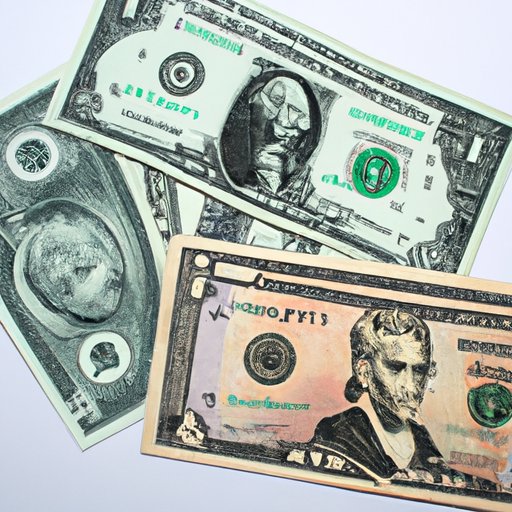
Who Created Money: A Historical and Economical Insight
Money has been a mystery for many throughout human history. While it may seem like a trivial object, it is, in fact, the backbone of our modern economy. It is no wonder, then, that people are curious about who created money and how this complex system came into being. This article will explore the historical and economic factors that have led to the creation of money, the role of central banks and governments in its creation and distribution, and the future of money in a rapidly changing technological landscape.
A Historical Perspective
The earliest forms of money were based on bartering goods or using objects such as cowrie shells or beads as a means of exchange. However, trading goods for other goods had limitations, and so the concept of using standardized tokens for exchange came into existence. The first coins appeared in Lydia, a kingdom located in modern-day Turkey, in the 7th century BCE. These coins were made of electrum, a naturally occurring alloy of gold and silver. Paper money was first introduced in China during the Tang dynasty in the 7th century CE.
Throughout history, a number of significant milestones have impacted the development of monetary systems. In the 19th century, the Gold Standard emerged as a monetary system that tied the value of a country’s currency to a specific amount of gold. The Bretton Woods Agreement, signed in 1944, established the US dollar as the world’s reserve currency and led to the creation of the International Monetary Fund and World Bank. With the rise of digital technologies, virtual currencies such as Bitcoin and Ethereum have emerged, creating new paradigms for transactions and monetary exchange.
The Economics Behind Money Creation
Despite the complex historical context, understanding the economics behind money creation can help demystify this often cryptic system. Today, the majority of money is created not by government mints, but by private banks through fractional reserve banking. This is a mechanism by which banks can create new money by lending out the funds deposited by their customers. For example, if a customer deposits $100 into their account, the bank can lend out a portion of that, say $80, while still holding on to the original $100. This allows the bank to create new money even though it technically only has $100 on hand.
Fiat currencies are another key part of the modern monetary system. Fiat currencies are money that have no intrinsic value but are instead declared legal tender by governments. They are not backed by precious metals, but rather their value is determined by the faith that people have in the issuing government’s economic stability. Central banks are responsible for controlling the supply of fiat money, often through monetary policy tools such as setting interest rates or quantitative easing.
The Role of Governments and Central Banks
Governments and central banks play a crucial role in the creation and control of money. Central banks, such as the US Federal Reserve or the European Central Bank, are responsible for issuing currency, regulating banks, and managing monetary policy. In times of financial crisis, governments may work with central banks to implement emergency measures such as quantitative easing, which involves buying large amounts of assets such as bonds to inject cash into the economy.
This level of control and influence over money has raised concerns over the politicization of money creation and distribution. Governments and central banks have the ability to determine the supply of money and can use this as a tool for achieving their goals and political objectives. For example, central banks can increase the money supply to stimulate economic growth or decrease the money supply to combat inflation. These measures can have far-reaching impacts on individuals and society as a whole, making it important for the public to understand the mechanisms at play.
The Future of Money Creation
Technological innovations are rapidly changing the landscape of money creation and distribution. Cryptocurrencies such as Bitcoin and blockchain technology are creating new paradigms for transactions and monetary exchange. These digital currencies can be exchanged anonymously and securely without the need for intermediaries such as banks. While there is still much uncertainty surrounding the future of digital currencies, it is clear that they have the potential to disrupt the traditional banking system and government monetary policy.
Money and Power
Money has historically played a significant role in gaining and maintaining power. Those who control the means of exchange have the power to influence individuals, corporations, and governments. From the earliest civilizations that used standardized trade tokens to modern governments that manage fiat money, the control of money is a powerful tool for shaping society.
Conclusion
Understanding who created money and the complexities of the monetary system is crucial for anyone interested in economics, politics, and society at large. Through examining the historical contexts and economic mechanisms behind money creation, we can better understand the role that governments, central banks, and individuals play in its creation and distribution. With new technological innovations emerging, the future of money is likely to be shaped in unexpected ways. A deeper understanding of these developments will allow us to better navigate and engage with the complex systems that underpin our modern economy.





